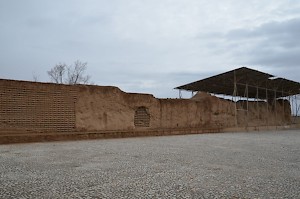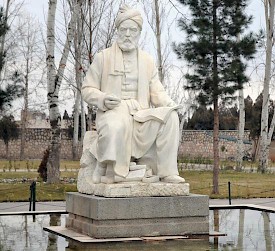Susia (Tus)
Q681427Susia: capital of ancient Parthia, modern Tus or Toos in northeast Iran.

Susia (modern Tus, 25 kilometers northwest of the holy city of Mashhad in Iran) was situated in the eastern part of the satrapy of Parthia. In the gardens of the mausoleum of the Medieval poet Firdausi, one can see the rather disappointing remains of the walls of Susia, which go back to the Sasanian age. Perhaps they are older, because from literary sources, we know that the town was already in existence in the Achaemenid period.
Until it was eclipsed by Mashhad, Susia was an important city, where the Silk road forked. Coming from Rhagae (Tehran) in the west, one could either go to Margiana and Bactria in the northeast, and from there to China; or to the southeast, to Drangiana and the valley of the river Indus. In the autumn of 330 BCE, the Macedonian conqueror Alexander the Great accepted the surrender of Susia, and for the first time showed himself to his soldiers in an oriental dress.

According to Pliny the Elder, Susia was famous for the quality of its hemlock.note
Susia is also the town where the famous mystic Al-Ghazali was born in 1058 and died in 1111. Not far from his tomb, which is incorrectly called the tomb of caliph Harun ar-Rashid, is the lovely mausoleum of Iran's national poet Firdausi (934-1020), the author of the Shahname, the "epic of kings", which also mentions Alexander.